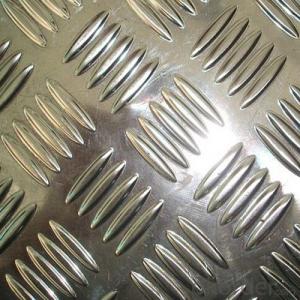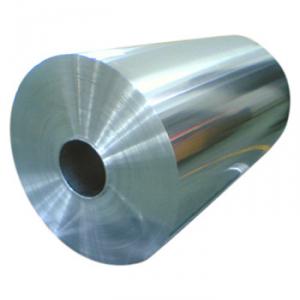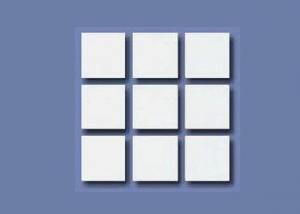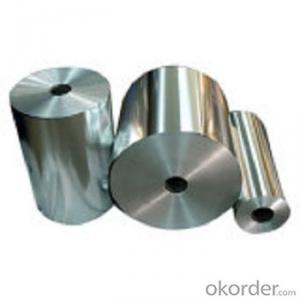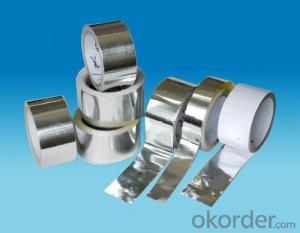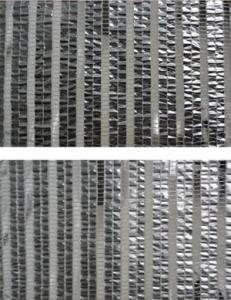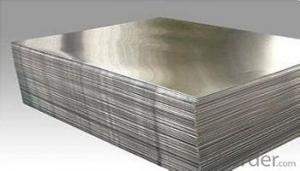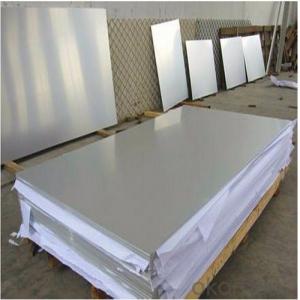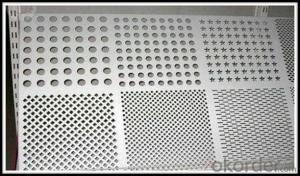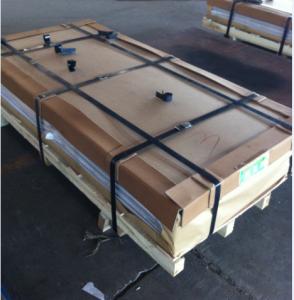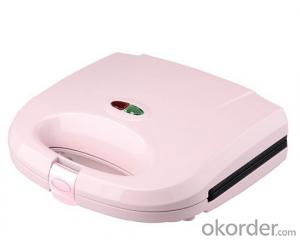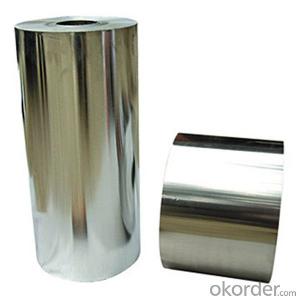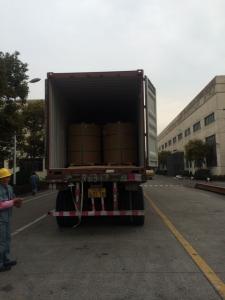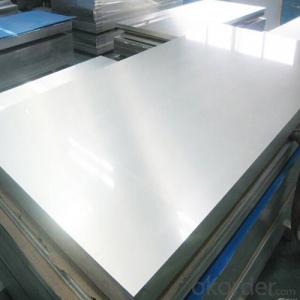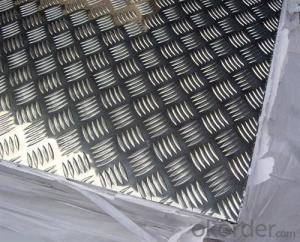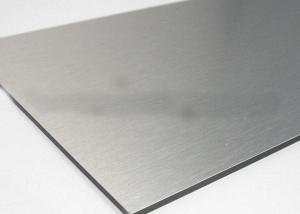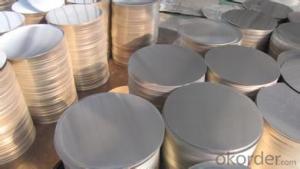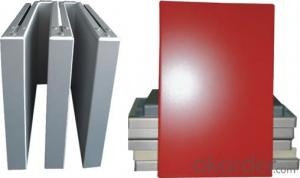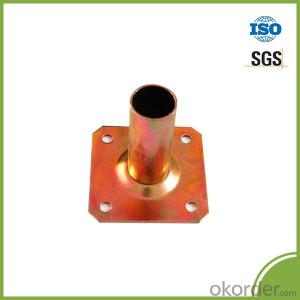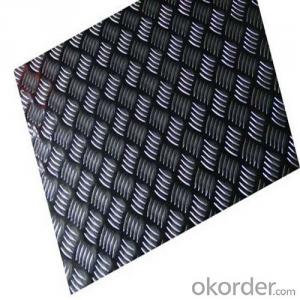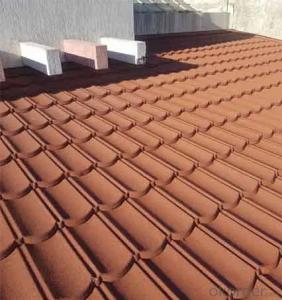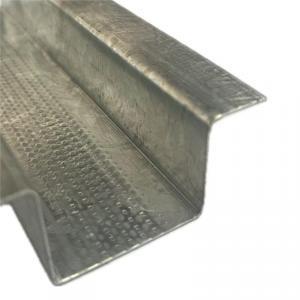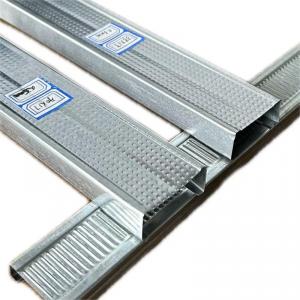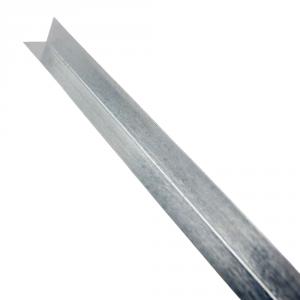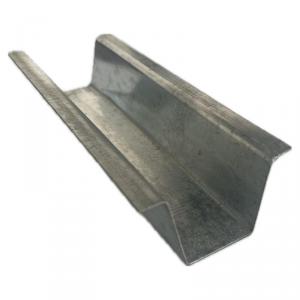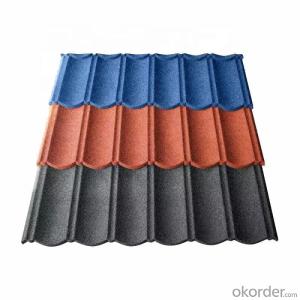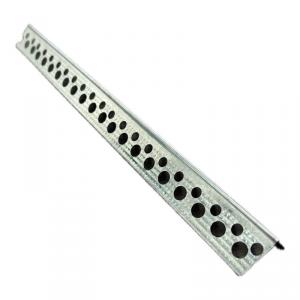25 Inch Aluminum Plate
25 Inch Aluminum Plate Related Searches
25 Aluminum Plate 25mm Aluminum Plate An Aluminum Plate 25 Mm Thick An Aluminum Plate Of 25mm Thick 25 Aluminum Diamond Plate 250 Aluminum Plate 1/2 Inch Aluminum Plate 1 2 Inch Aluminum Plate 2 Inch Aluminum Plate Half Inch Aluminum Plate 1 Inch Aluminum Plate 125 Aluminum Plate 20mm Aluminum Plate 24 X 24 Aluminum Plate 1/2 Inch Thick Aluminum Plate 1 2 Aluminum Plate 15mm Aluminum Plate 30mm Aluminum Plate 1/2 Thick Aluminum Plate 2 Inch Thick Aluminum Plate Aluminum Foil 25 Sq Ft 1/2 Aluminum Plate Aluminum 1/2 Plate Aluminum Plate 1/2 Inch Thick 0.5 Aluminum Plate 025 Aluminum Diamond Plate Aluminum Plate 1/2 Thick 1 2 Thick Aluminum Plate 125 Aluminum Diamond Plate 8 Inch Aluminum Plate25 Inch Aluminum Plate Supplier & Manufacturer from China
The 25 Inch Aluminum Plate is a versatile product made from high-quality aluminum material, featuring a thickness of 25 inches. This plate is known for its durability, lightweight properties, and corrosion resistance, making it an ideal choice for various industries and applications. The 25 Inch Aluminum Plate is widely used in construction, automotive, aerospace, and other industrial sectors where strength and lightweight materials are essential. It can be utilized in the manufacturing of various components such as structural parts, vehicle frames, and aircraft components due to its exceptional strength-to-weight ratio.The 25 Inch Aluminum Plate is also popular in architectural applications, where it is used for facades, roofing, and cladding systems. Its ability to withstand harsh weather conditions and maintain its aesthetic appeal makes it a preferred choice for designers and architects. Additionally, this aluminum plate is used in the manufacturing of various consumer goods, such as electronics and appliances, due to its excellent thermal conductivity and electrical properties.
Okorder.com is a reputable wholesale supplier of the 25 Inch Aluminum Plate, offering a vast inventory to cater to the diverse needs of customers across different industries. With a commitment to quality and customer satisfaction, Okorder.com ensures that the 25 Inch Aluminum Plate is available in various grades and specifications to meet the specific requirements of each application. By partnering with Okorder.com, customers can benefit from competitive pricing, prompt delivery, and a reliable supply chain, making it a preferred choice for sourcing this essential product.
Hot Products



